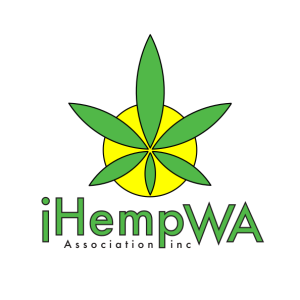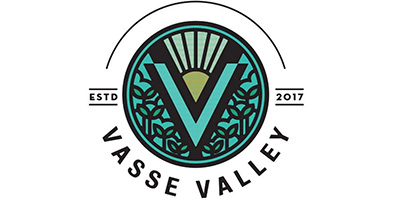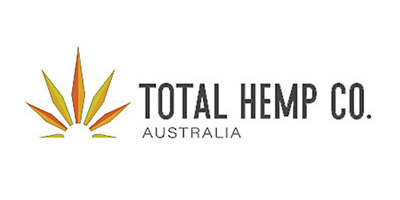History of Hemp (Republished Jan 2023)
In the beginning God created the heavens and the earth. The earth was dark and deep, and he separated the light from the darkness to create day and night. And he separate water from water with a vault to create sky. And he gathered the water under the sky to one place to create sea, and let dry ground appear to create land.
Then God said, “Let the land produce vegetation: seed-bearing plants and trees on the land that bear fruit with seed in it, cannabis proliferated on earth. And God saw that it was good. etc…
Early History
Hemp cultivation dates back to the beginnings of recorded history. Cannabis originated on the steppes of Central Asia and was first cultivated by the Chinese. Its first use was as food for humans and animals in China and India. Its fibre then became indispensable for making many necessary items. For nearly 3000 years Hemp was planet Earth’s largest agricultural crop and most important industry producing the fibre, paper, clothing, lighting fuel and medicine used by much of humanity. It was found in tombs used as swaddling cloth or funeral shrouds as early as 4000 BC.
In 2000 BC hemp was so important to ancient China that it was considered one of the ‘5 grains’, 5 cultivated crops that were thought to be sacred. There were many uses for hemp such as oil or fuel, cloth, and building materials. It was imported to Japan and is still used to this day to dress Buddhist monks and sumo wrestlers.
From 200 BC to the late 1800’s hemp was used in the production of paper. Around 600 AD hemp cultivation techniques were extensively covered in the ancient Confucian text “The Essential Arts for the People” (Qi Min Yao Shu). This text is one of the first texts to mention crop rotation and the use of “potash fertilizer” which are both farming techniques still used today.
Hemp was first introduced to Europe around 500 to 1000 AD. Hemp then grew in popularity in Europe, being used mainly in the production of paper, even being used to print bibles. In 1533 King Henry VIII fined farmers if they didn’t grow hemp for industrial use. In the 1700’s in Virginia and other American colonies, it was required by law for farmers to grow hemp. “Make the most of the Indian Hemp Seed, sow it everywhere” George Washington 1794. Hemp production didn’t wane until after the industrial revolution where petroleum products were being developed and other fibres were being processed mechanically.
Local History
The first recorded hemp seeds brought to Australia were with the First Fleet at the request of Sir Joseph Banks, in the hope that hemp would be produced commercially in the new colony using convict labour. For 150 years early governments in Australia actively supported the growing of hemp with gifts of land and other grants, and the consumption of cannabis in Australia in the 19th century was believed to be widespread. It was first grown in Australia in the Hunter Valley of New South Wales in 1840 to make sails for English Navy ships. Tasmania was also growing hemp at this time.
Prohibition
The beginning of the 20th century marked the turning point in the history of hemp. By 1915 in Utah, hemp had been outlawed due to prejudice against Mexican immigrants and their long history of use of the plant. It was not recognised by the U.S government at this time that there were subspecies of the cannabis plant (Hemp) that did not contain any psychoactive component.
Up to 30% of Big Pharmas pharmacopia (list of medicines) contained Cannabis pre-prohibition.
Dr. William C. Woodward, for instance, who was both a physician and an attorney for the American Medical Association, testified on behalf of the AMA. He told the committee that the only reason the AMA hadn’t come out against the marijuana tax law sooner was that marijuana had been described in the press for 20 years as “killer weed from Mexico.” The AMA doctors had just realized “two days before” these spring 1937 hearings, that the plant Congress intended to outlaw was known medically as cannabis, the benign substance used in America with perfect safety in scores of illnesses for over one hundred years. Reference: The Emperor Wears No Clothes – Chapter 4 The Last Days of LEGAL Cannabis by Jack Herer http://jackherer.com/emperor-3/chapter-4/
Future
It is and has always been Earths’ most sustainable natural resource. Modern technological advances have made possible a large variety of foods that can be made from Hemp Seeds including Cheese, Milk, Ice Cream, Flour, Hemp Tofu, Butter and Oil. From the leaves and stalks it is now possible to make over 20,000 types of products from medicine to houses to cellophane to dynamite.
Today hemp (Cannabis sativa) is making a comeback as people all over the world are reconnecting with the old knowledge and learning from the new science the true value of the whole cannabis plant.














